Detailed introduction of Politehnica University of Timisoara:
Introduction and Overview
Politehnica University of Timisoara is a public university located in Timisoara, Romania. It is one of the largest technical universities in Central and Eastern Europe.
History and Founding Date
The school was founded on November 15, 1920. Its predecessor was the Polytechnic School from 1920 to 1948, renamed the Polytechnic Institute in 1948, the Traian Vuia Polytechnic Institute from 1970 to 1991, the Technical University from 1991 to 1995, and restored to its current name after 1995.
School Strength
Faculty: There are 1,016 academic staff in 2020/2021.
Student size: There are about 13,081 students in 2020/2021, including 9,577 undergraduates, 2,964 postgraduates, and 540 doctoral students.
Research achievements: It has achieved remarkable research results in many fields, actively participated in international scientific research cooperation projects, established cooperative relations with many internationally renowned universities and scientific research institutions, and has a large scientific research influence in the region.
Nature of the institution
Public university.
Educational philosophy
Support innovation, research and development, promote digitalization, promote close ties with the economic environment, cultivate students' entrepreneurial spirit, focus on the integration of interdisciplinary and complementary majors, and pursue sustainable development.
Key laboratories and disciplines
Key laboratories: It has advanced scientific research facilities and laboratories, such as smart grid laboratories in the field of electrical and power engineering, advanced manufacturing technology laboratories in the field of mechanical engineering, and communication technology laboratories in the field of electronics and information technology.
Advantageous disciplines: It is strong in engineering fields such as automation and computing, electronics, telecommunications and information technology, mechanical engineering, civil engineering, and electrical engineering. Its architecture major is also well-known and influential in the region, and the industrial chemistry and environmental engineering discipline also has outstanding performance in environmental science and engineering.
Faculty
It has 10 colleges, namely the School of Architecture and Urban Planning, the School of Automation and Computer, the School of Chemical Engineering, the School of Biotechnology and Environmental Protection, the School of Civil Engineering, the School of Communication Sciences, the School of Electrical and Power Engineering, the School of Electronics, Telecommunications and Information Technology, the Hunedoara Engineering College, the School of Production and Transport Management, and the School of Mechanical Engineering.
Ranking
Ranked 1401+ in the QS World University Rankings, and ranked third in both the comprehensive and technology and engineering university categories in the 2023 Romania Best University Rankings.
Cost
Tuition fees at Romanian public universities are relatively affordable, and international student tuition fees are usually around 2000-3000 euros per year, but the specific fees may vary depending on the major and degree type.
Campus Environment
Campus Facilities: It has modern teaching buildings, libraries, laboratories and other teaching facilities, as well as two canteens and 16 student dormitories, which can provide more than 5,500 accommodation beds. All 1,800 student rooms are equipped with furniture, Internet connection and cable TV.
Academic Atmosphere: The school has a high degree of internationalization. It has signed more than 400 Erasmus + agreements and about 100 framework cooperation agreements with universities in Europe, Asia, Africa, North America and South America. Every year, more than 200 students go abroad for study or internship, and more than 100 students from cooperative institutions come to the school for study or internship, creating a strong international academic atmosphere.
Cultural Activities: The school will hold various cultural activities, academic lectures, science and technology competitions, etc. to enrich students' extracurricular life and promote their all-round development.
-

Grigore T. Popa University of Medicine and Pharmacy
-
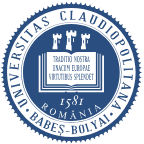
Babes-Bolyai University
-
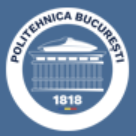
Politehnica University of Bucharest
-
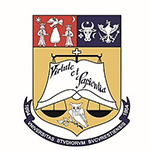
University of Bucharest
-
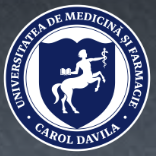
Carol Davila University of Medicine and Pharmacy
-
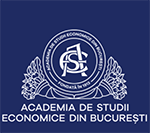
Bucharest Academy of Economic Studies
-

Technical University of Cluj-Napoca
-

1st December 1918 University of Alba Iulia
-

West University of Timisoara
-
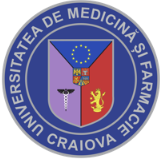
University of Medicine and Pharmacy of Craiova
-

Mesoamerican University
-

Istmo University
-

Mariano Galvez University of Guatemala
-

Regional University of Guatemala
-

Galileo University
-

Francisco Marroquín University
-

Rafael Landívar University
-

University of the Valley of Guatemala
-

University of San Carlos of Guatemala
-

Technological Institute of Tlaxcala Plateau
-

Golfo University
-

Technological University of South Sonora
-

Technological University of Huejotzingo
-

Tizimín Institute of Technology
-

Chilpancingo Institute of Technology

